|
|
|
|
|
|
|
|
Photo Gallery for Heterodon simus - Southern Hog-nosed Snake
| 16 photos are shown. |
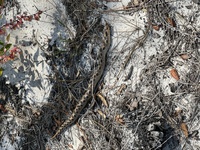 | Recorded by: Jackie Goodman
New Hanover Co.
Comment: | 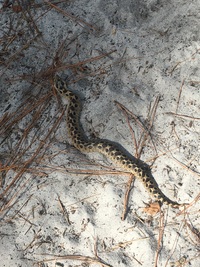 | Recorded by: Amy Taylor
New Hanover Co.
Comment: |
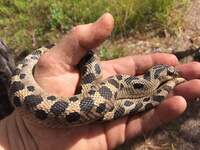 | Recorded by: C Edwards
New Hanover Co.
Comment: |  | Recorded by: C Edwards
New Hanover Co.
Comment: |
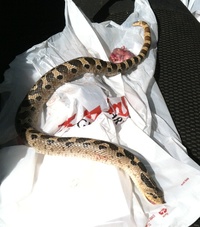 | Recorded by: Keith Farmer, C. Edwards, C. Helms
New Hanover Co.
Comment: |  | Recorded by: K. Futch
New Hanover Co.
Comment: |
 | Recorded by: K. Futch
New Hanover Co.
Comment: | 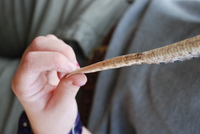 | Recorded by: K. Futch
New Hanover Co.
Comment: |
 | Recorded by: Jeff Beane
New Hanover Co.
Comment: | 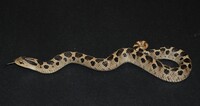 | Recorded by: Carla Edwards
New Hanover Co.
Comment: |
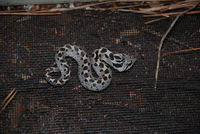 | Recorded by: K. Futch
New Hanover Co.
Comment: | 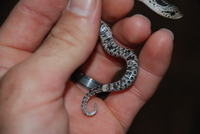 | Recorded by: K. Futch
New Hanover Co.
Comment: |
 | Recorded by: K. Futch
New Hanover Co.
Comment: | 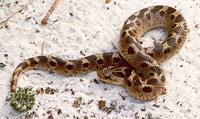 | Recorded by: Mike Himchak, J. Davis
New Hanover Co.
Comment: |
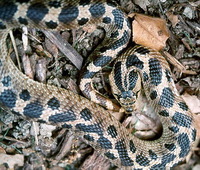 | Recorded by: Mike Himchak, J. Davis
New Hanover Co.
Comment: | 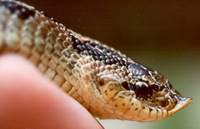 | Recorded by: Mike Himchak, J. Davis
New Hanover Co.
Comment: |
|
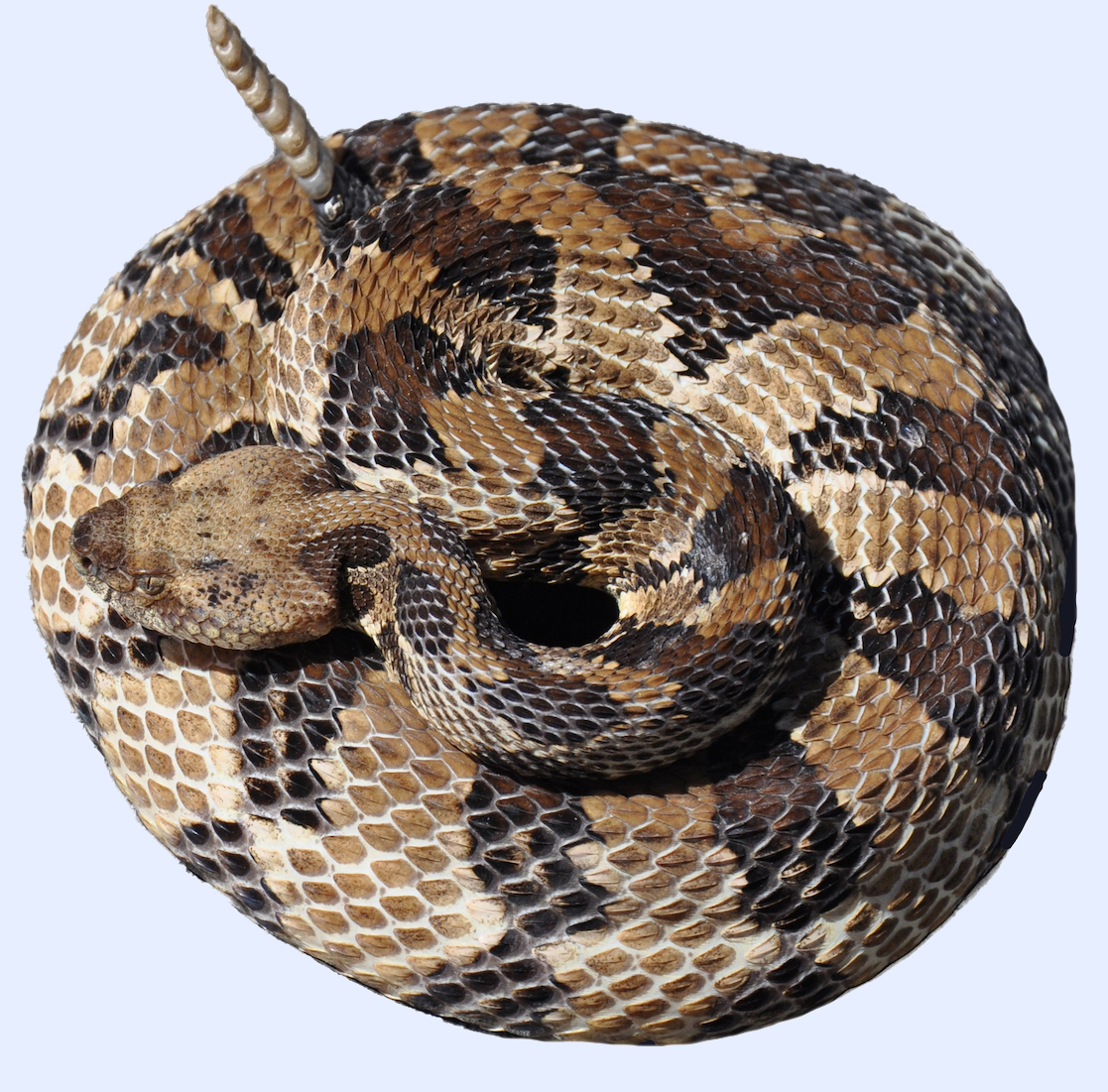
 »
» 




 »
» 


